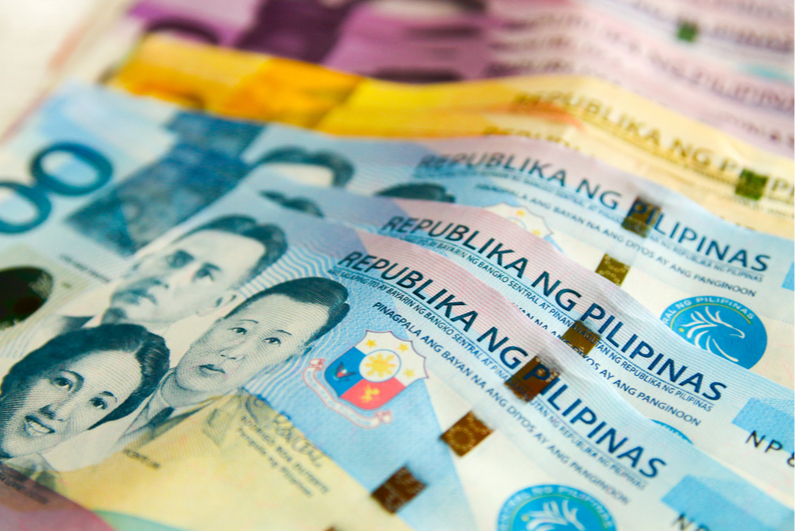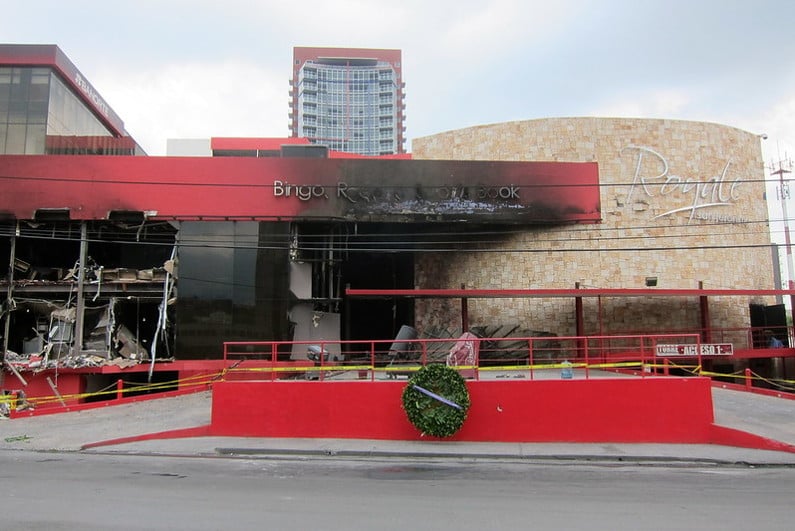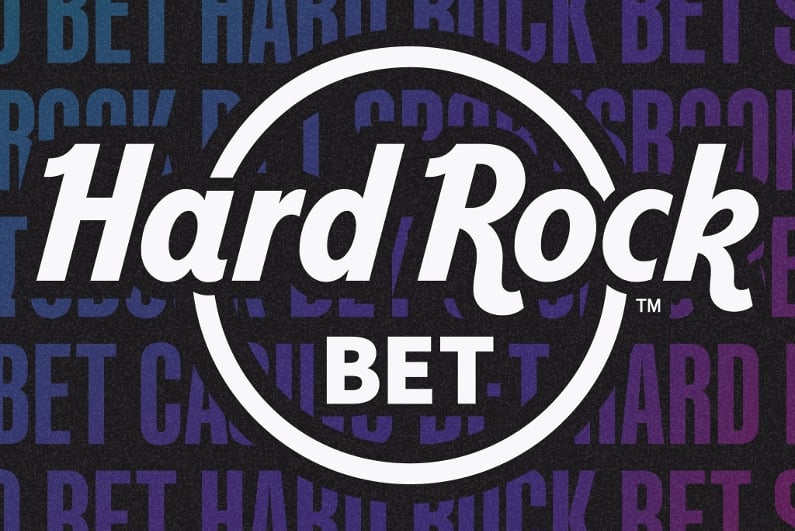Top-tier contributor
The Philippine Amusement and Gaming Corporation (PAGCOR) remitted ₱17bn (US$354m) to the Bureau of the Treasury in 2020, making it one of the country’s largest contributors for the year even though the gambling industry was also one of the hardest hit by the COVID-19 pandemic.
GOCCs paid ₱160.62bn (US$3.34bn) to the government
The Department of Finance recently published figures listing how much the 63 different government-owned or controlled corporations (GOCCs) contributed. In total, the GOCCs paid ₱160.62bn (US$3.34bn) to the government, with ₱133.5bn (US$2.78bn) coming in the form of necessary cash dividends from 55 of the GOCCs.
Among the 55 GOCCs, PAGCOR was the third-largest tax payor in 2020. The Bangko Sentral ng Pilipinas was the biggest contributor with ₱40.53bn (US$843m), while the Philippine Deposit Insurance Corp. was in second place, remitting ₱17.98bn (US$374m).
Pandemic recovery
The pandemic situation in the Philippines has been improving in recent months. After hitting record highs in August, there has been a gradual downward trend in terms of new daily virus cases. There are still restrictions in place in the region, though. The government is using remittances from GOCCs to provide relief to both individuals and businesses.
revenue from gaming operations fell 60% year-on-year
For the initial nine months of last year, PAGCOR’s revenue from gaming operations fell 60% year-on-year to ₱22.33bn (US$461m). While many Philippine Offshore Gaming Operators (POGOs) got the green light in late May to partially restart their operations, many of these businesses remain closed or have left the region. This has resulted in lower fee collections for the gambling regulator.
PAGCOR CEO and chairperson Andrea Domingo noted that the regulator’s income improved from October 2020. Because of different forms of gambling expansion that the regulator is considering, Domingo believes that “starting the second quarter of 2021, we’ll be doing as well as what we did in 2019.”
Expanding online gambling
To help with the fallout of the pandemic, PAGCOR permitted some land-based casinos to offer certain forms of online gambling in December.
These Philippine Inland Gaming Operator licenses allow holders to offer online gambling to qualified high rollers. The gamblers need to already be a part of the licensee’s player database and they will have to register in-person at a land-based casino.
PAGCOR also has not ruled out extending legal online gambling to non-high rollers in the future. Historically, online gambling platforms could not legally cater to people in the Philippines.




